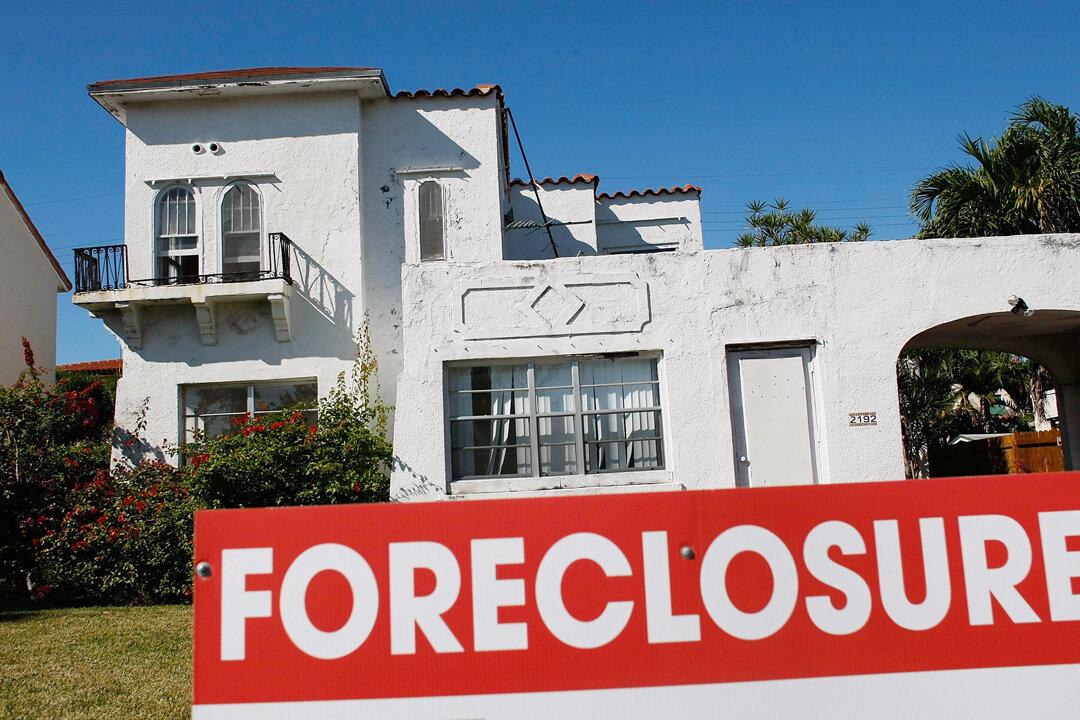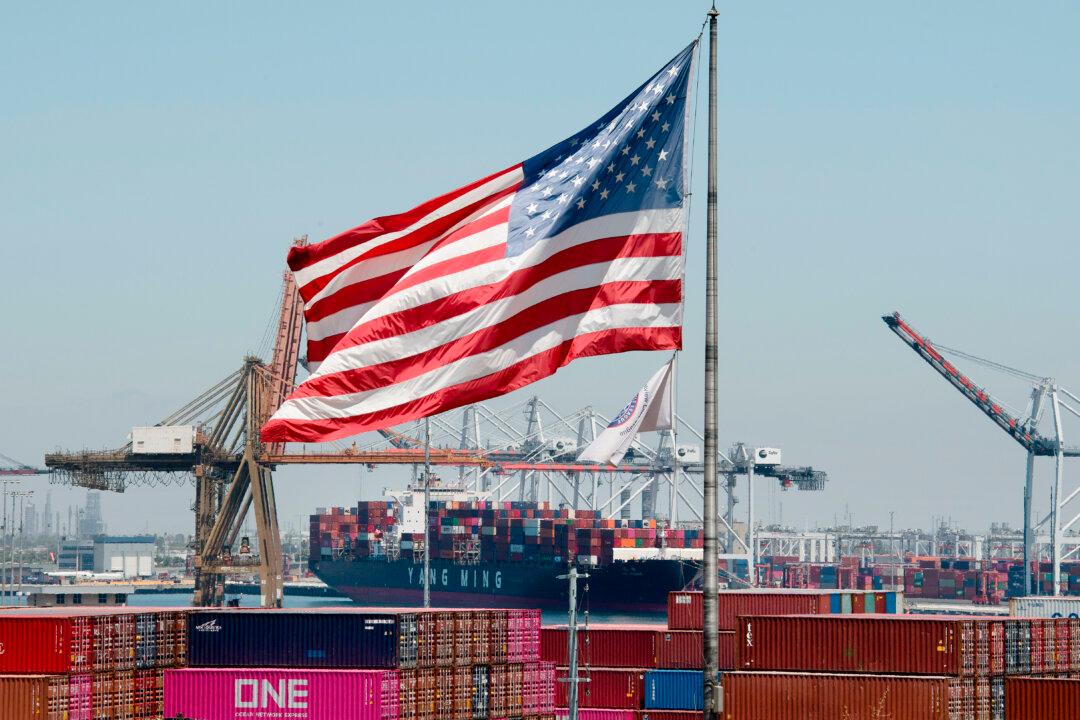Foreclosures are rising in the United States as the inflation-driven cost-of-living crunch continues to squeeze households, with May notching a 38 percent jump in repossessions and experts warning of more pain to come.
Foreclosure-related filings—which include repossessions, scheduled auctions, and default notices—climbed to 35,196 properties in May, up 7 percent from April, according to real estate data group ATTOM. That’s a year-over-year increase of 14 percent.





